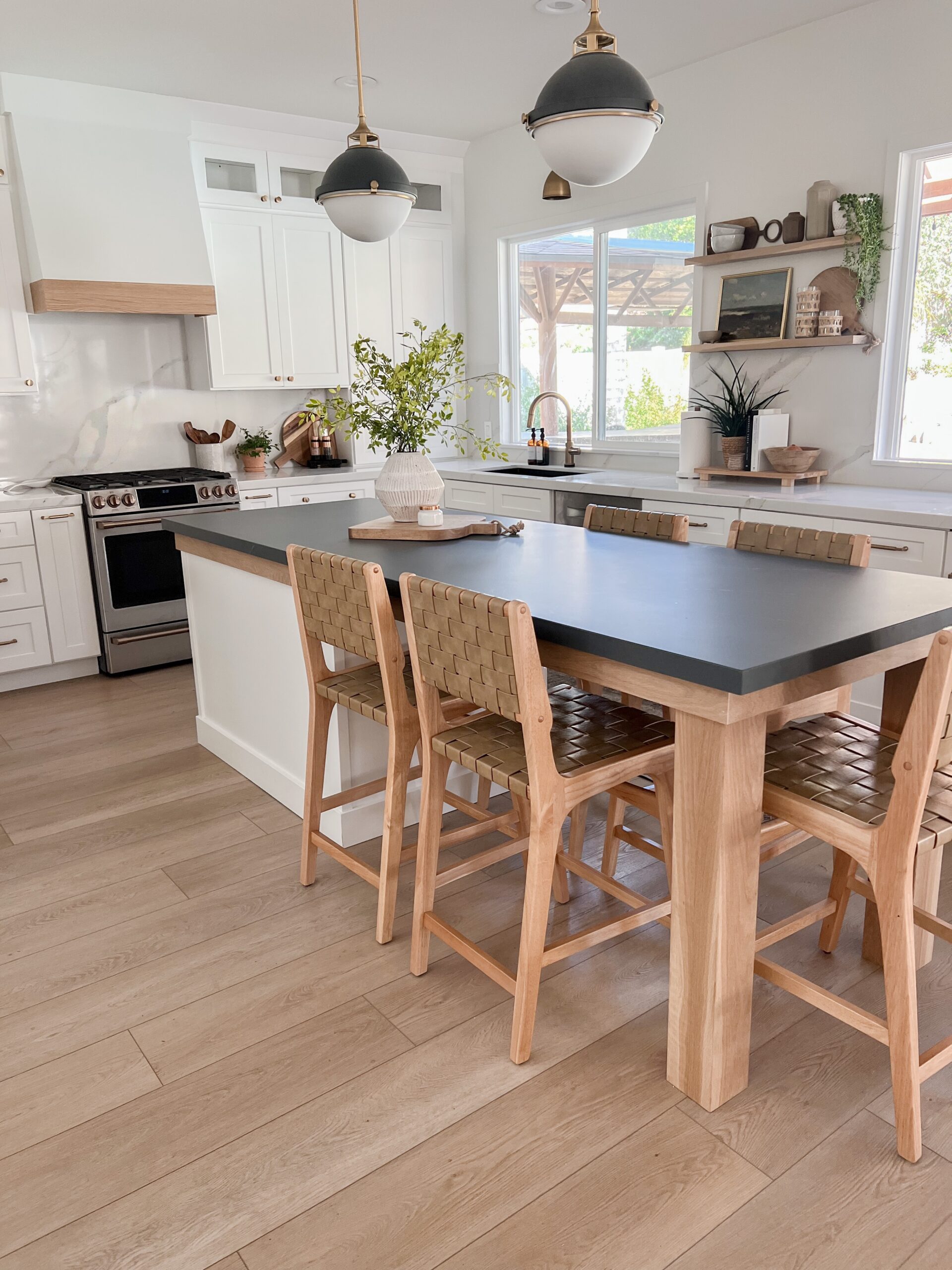Transform Your Kitchen's Appearance with Unique Legs For Kitchen Island Accessories
Transform Your Kitchen's Appearance with Unique Legs For Kitchen Island Accessories
Blog Article
An Overview to Picking the Perfect Legs For Kitchen Island for Your Home
Choosing the suitable legs for your kitchen area island is a nuanced choice that impacts both the functionality and visual appeal of this central space. As you consider these elements, it comes to be evident that the right legs can transform not just the appearance of your cooking area but additionally its use for years to come.

Understanding Kitchen Area Island Legs
When choosing legs for a cooking area island, it's vital to comprehend their aesthetic and useful functions in the total design. The legs act as an important support group, guaranteeing security and toughness for the island, which frequently operates as a workspace, eating area, or gathering place. Therefore, the selection of product and building and construction strategy need to be robust enough to stand up to daily usage and possible wear.
In enhancement to their structural obligations, legs add dramatically to the island's visual charm. They can boost the cooking area's style, whether through standard, modern, or diverse layouts. The elevation and percentage of the legs are additionally crucial considerations; they have to integrate with the island's countertop elevation while guaranteeing comfy seating for those using the space.
Moreover, the leg layout can influence the overall flow of the cooking area. Open, ventilated leg designs can produce a sense of agility, while strong, significant legs might communicate an extra based and secure visual - Legs For Kitchen Island. Comprehending these useful and visual elements will direct property owners in making informed choices that match their kitchen area's design and enhance its usability
Popular Styles and Materials
The option of legs for a cooking area island includes a range of prominent styles and products, each offering special features that can improve both capability and aesthetics. Amongst one of the most popular styles are contemporary, rustic, and traditional. Contemporary legs often include smooth, minimalist designs that stress simplicity and clean lines, making them perfect for modern cooking areas. Rustic styles, on the various other hand, welcome natural environments and commonly showcase reclaimed timber or distressed surfaces, adding heat and appeal to the room. Standard legs generally exhibit luxuriant details and workmanship, enhancing timeless kitchen area layouts.

Elevation and Stability Factors To Consider

Stability is an additional crucial factor to consider. The legs of the kitchen island must supply sufficient support, ensuring that my site the framework can hold up against daily usage without tottering or shifting. Product selection plays a substantial function in security; steel legs, for example, often tend to provide better stamina compared to timber. Additionally, making sure that the island is firmly secured to the floor or wall can enhance security, specifically for larger islands that might bear considerable weight.
Matching Your Kitchen Area Visual
Selecting the appropriate legs for your kitchen area island surpasses functionality; it likewise plays a substantial function in the total visual of the room. When choosing legs, think about the layout style of your kitchen. For a contemporary look, streamlined metal or check this site out minimal layouts can produce a clean, modern-day ambiance. On the various other hand, conventional or rustic kitchens commonly gain from wood legs with intricate detailing or a troubled finish, boosting warmth and personality.
Legs that complement or comparison with your island's surface area and bordering cabinets can create aesthetic harmony or striking focal points. In addition, take into consideration the surface of the legs; matte, glossy, or textured coatings can substantially impact the total feeling of the kitchen area.
Setup and Upkeep Tips
Mounting kitchen island legs requires mindful interest to detail to make sure both stability and aesthetic allure. Begin by choosing a suitable area for your island, ensuring it is level and has enough area for activity. If you are connecting the legs to a wall surface or utilizing brackets for included support, make use of a stud finder to find wall surface studs. Mark the positioning of the legs accurately prior to exploration.
When securing the legs, utilize high-grade screws and, if necessary, timber adhesive for additional strength. For metal legs, make certain that you are using ideal anchors and tools to stop damages to your flooring. It is a good idea to examine for levelness after installation, making adjustments why not check here as required to prevent wobbling.
Clean the legs with a suitable cleaner, preventing rough materials that may scratch the surface. By adhering to these installment and upkeep pointers, you can make sure that your kitchen area island legs continue to be both practical and visually appealing.
Final Thought
Finally, selecting the appropriate legs for a cooking area island demands mindful consideration of height, security, and aesthetic compatibility. By choosing ideal products and styles that straighten with the total kitchen area design, capability can be improved while preserving visual allure. Appropriate installation and ongoing maintenance better add to the sturdiness and longevity of the kitchen area island. Eventually, thoughtful leg selection plays an essential duty in raising both the functionality and style of the cooking area area.
When picking legs for a kitchen area island, it's essential to comprehend their aesthetic and useful roles in the overall style. Open, airy leg styles can produce a feeling of lightness, while strong, substantial legs might share a more grounded and secure aesthetic. The legs of the kitchen area island need to offer appropriate assistance, making sure that the framework can endure day-to-day usage without moving or tottering.Mounting kitchen island legs needs cautious focus to information to make certain both stability and aesthetic charm.In final thought, picking the appropriate legs for a cooking area island demands cautious consideration of height, stability, and aesthetic compatibility.
Report this page